Delux M800 PRO Wireless Gaming Mouse Bluetooth Tri-Mode Connection 26000DPI For PC Gamer
Delux M800 PRO Wireless Gaming Mouse: The Ultimate Precision and Connectivity for PC Gamers
Experience unparalleled performance with the Delux M800 PRO PAW3395 Gaming Mouse, designed specifically for serious gamers. This wireless gaming mouse offers tri-mode connectivity, allowing you to switch seamlessly between USB Dongle, Bluetooth, and Type-C Wired connections. The advanced PAW3395 optical sensor and adjustable DPI settings up to 26,000 ensure precise tracking, giving you the edge in any game.
Key Features:
Optical Sensor: PAW3395 The Delux M800 PRO is equipped with the PAW3395 optical sensor, known for superior tracking and performance. This sensor ensures that every movement is accurately captured, providing the precision needed for high-stakes gaming.
Adjustable Polling Rate With an adjustable polling rate of 125-250-500-1000Hz, this gaming mouse offers responsive gameplay. Customize the polling rate to match your gaming style and enjoy a smoother, lag-free experience.
Huano Pink Dot Microswitches The Huano Pink Dot Microswitches are durable and provide reliable clicks. These switches are designed to handle the demands of intense gaming sessions, offering a crisp and satisfying click response every time.
Adjustable Lift-Off Distance (LOD) The lift-off distance can be adjusted between 1mm and 2mm, giving you customizable control. This feature allows you to fine-tune the mouse to your preference, ensuring optimal performance in every game.
DPI Settings up to 26,000 The default DPI settings range from 400 to 5000, but can be adjusted up to an impressive 26,000. This wide range of DPI options ensures precise movement, allowing you to tailor the sensitivity to your specific needs.
Tri-Mode Connectivity The Delux M800 PRO offers versatile connectivity options, including USB Dongle, Bluetooth, and Type-C Wired. This tri-mode connection provides flexibility and ensures a stable connection whether you prefer a wired or wireless setup.
Lightweight Design Weighing in at just 68±3g, this lightweight gaming mouse ensures effortless handling. The ergonomic design reduces fatigue, allowing you to play comfortably for extended periods.
Long Battery Life The 500mAh battery provides extended gaming sessions without interruption. Enjoy up to 80 hours of continuous use, and recharge quickly from 0 to 100% in just 2 hours.
Driver Software Compatibility Compatible with Windows 8/10/11, the driver software can be downloaded from Delux World. This software allows you to customize your mouse settings, ensuring you get the most out of your Delux M800 PRO.
Enhanced Gaming Experience:
Precision Tracking and High Performance The PAW3395 sensor ensures that your every move is tracked with precision. Whether you are engaged in a fast-paced shooter or a strategy game, the high-performance tracking will give you the accuracy you need.
Soft Touch Matte UV Coating The soft touch matte UV coating provides a firm grip even with sweaty hands. This feature ensures that the mouse remains comfortable and easy to handle during intense gaming sessions.
Huano Blue Shell Pink Dot Switches These switches offer a crisp and stable click, with a lifespan of up to 80 million clicks. This durability ensures that the Delux M800 PRO will be your reliable gaming companion for years to come.
Delux Flash Glass Mouse Feet The mouse feet are made from Corning Gorilla Glass, providing a super smooth glide with rounded edges for durability. These feet ensure that your mouse movements are fluid and precise.
Game and Work Anywhere With tri-mode connection capabilities, you can game or work anywhere with ease. The wired mode offers a 1000Hz polling rate, 2.4G wireless mode also provides a 1000Hz rate, and Bluetooth mode operates at 125Hz, giving you flexibility based on your needs.
80 Hours Battery Life The 500mAh rechargeable battery offers up to 80 hours of continuous use. Charging is quick and efficient, taking the battery from 0% to 100% in just 2 hours, so you can get back to gaming faster.
Buy it now!
Upgrade your gaming setup with the Delux M800 PRO Wireless Gaming Mouse. With its advanced features and tri-mode connectivity, it offers everything you need for the ultimate gaming performance. The combination of the PAW3395 sensor, adjustable DPI settings, and Huano Pink Dot Microswitches ensures that you have precision and reliability at your fingertips. Whether you prefer a wired or wireless mouse, the Delux M800 PRO delivers exceptional performance, versatility, and durability for PC gamers. Download the driver software from Delux World to unlock its full potential and customize your gaming experience.














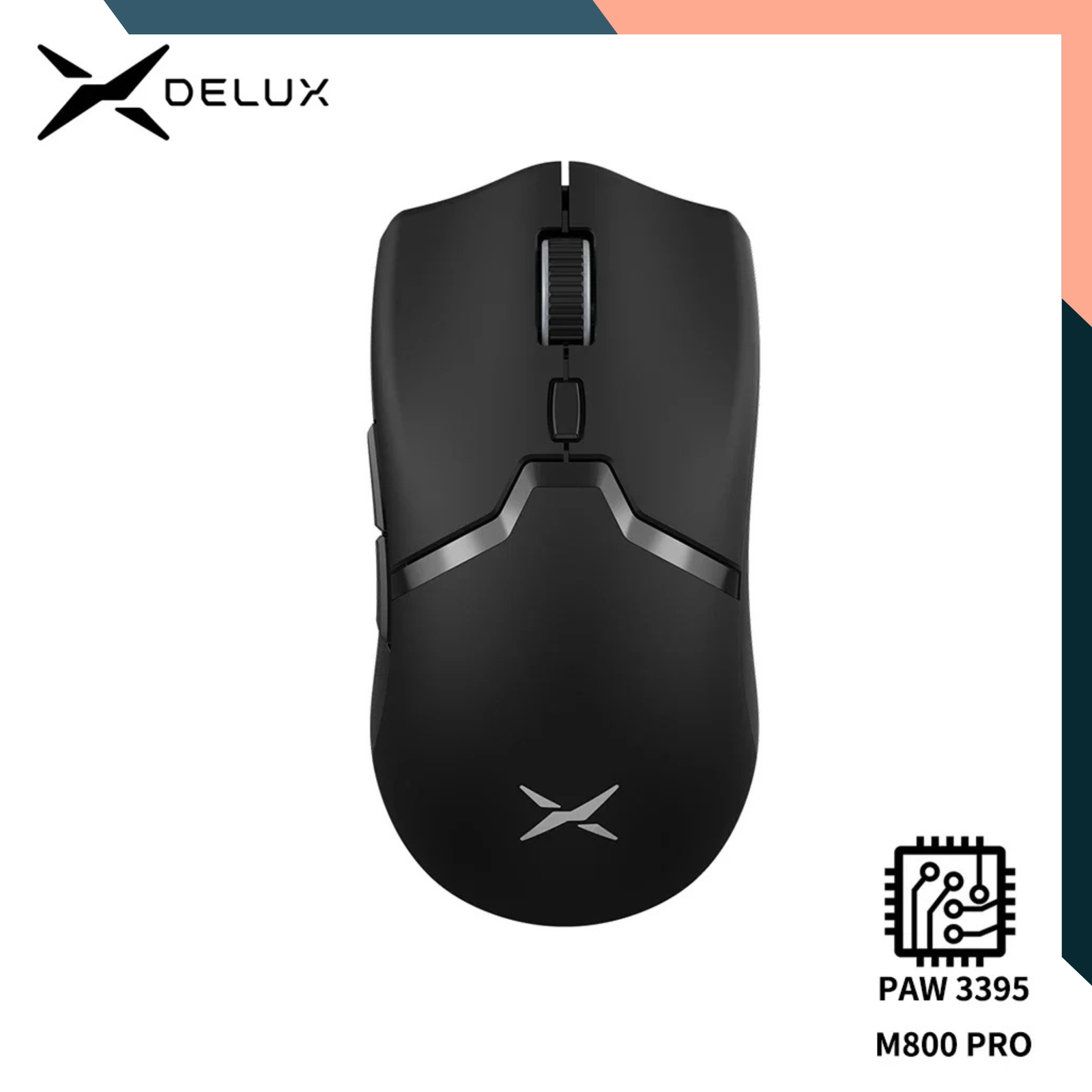
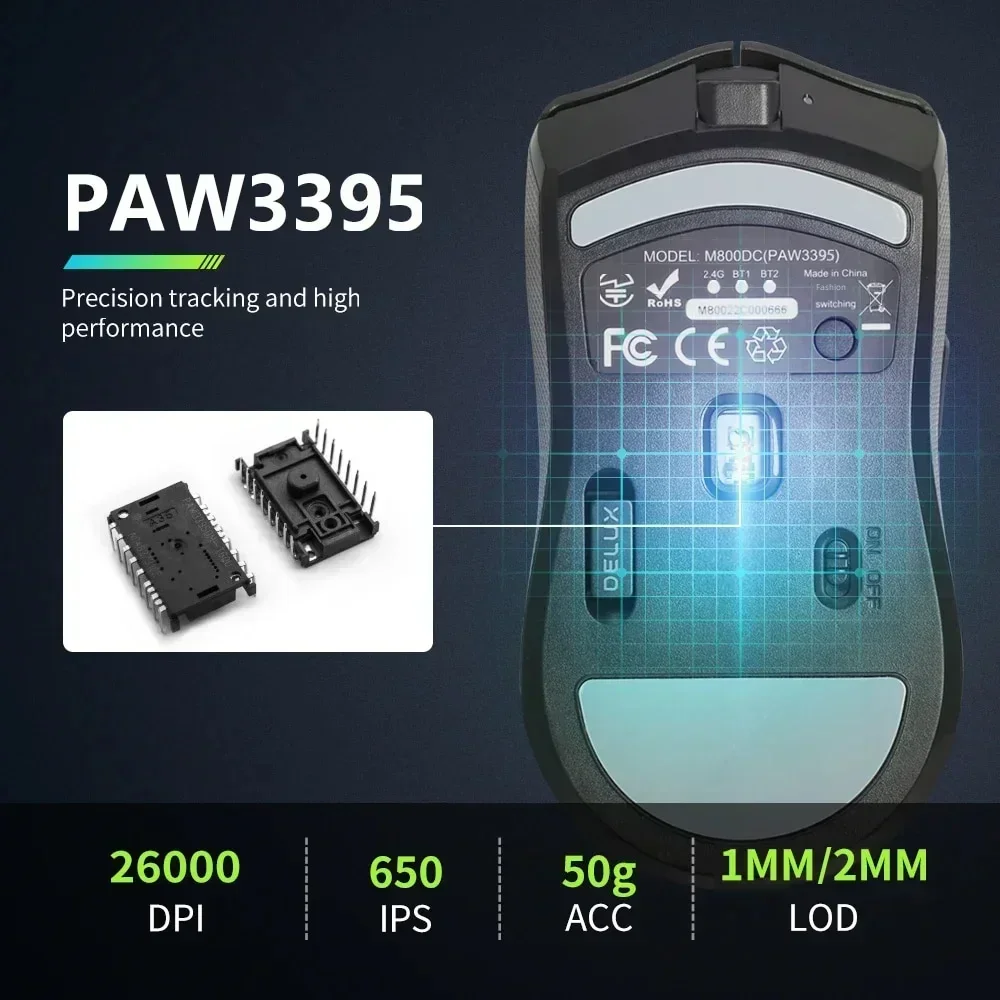
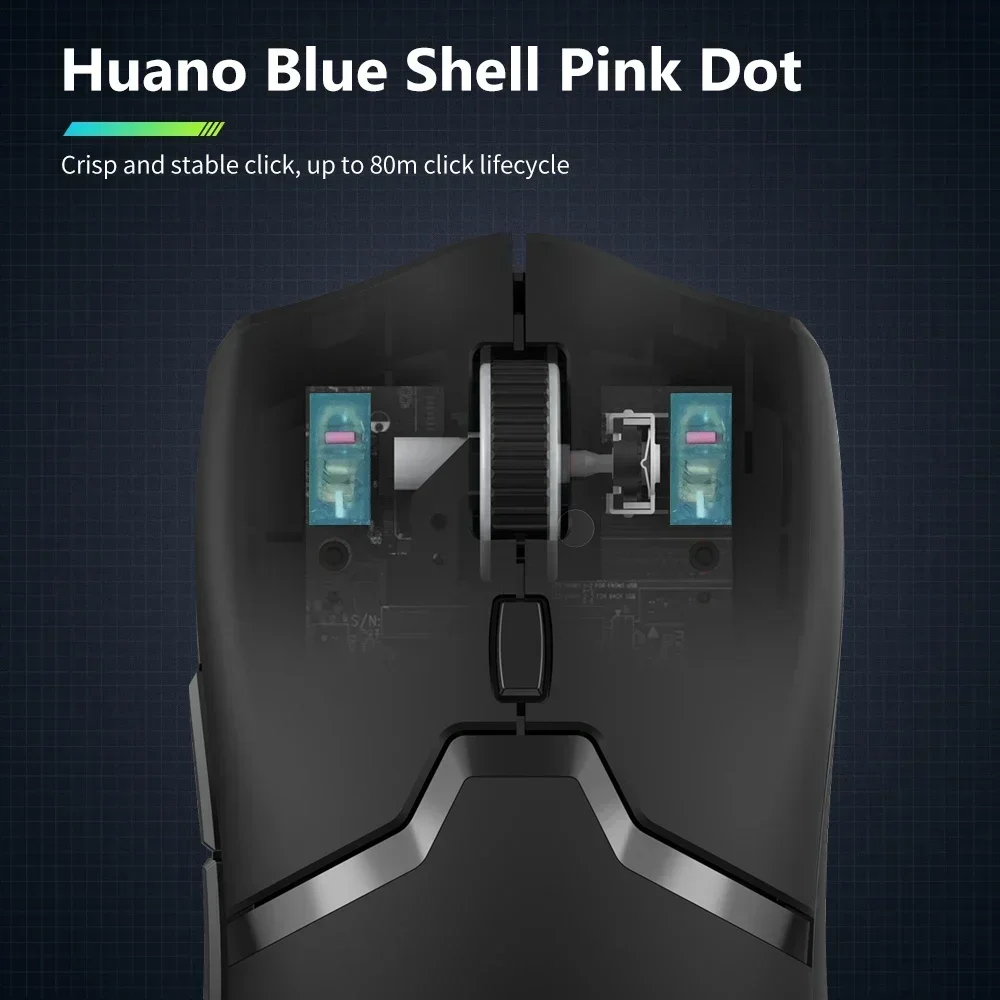
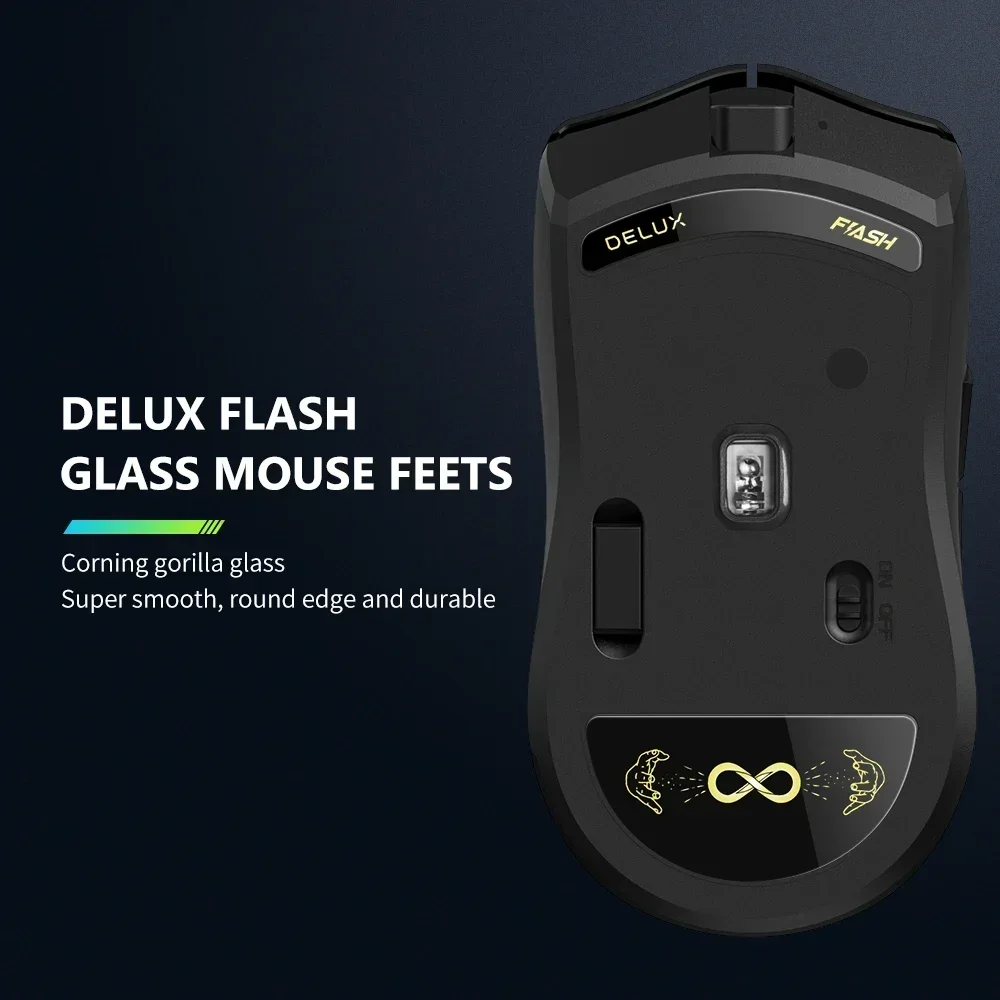
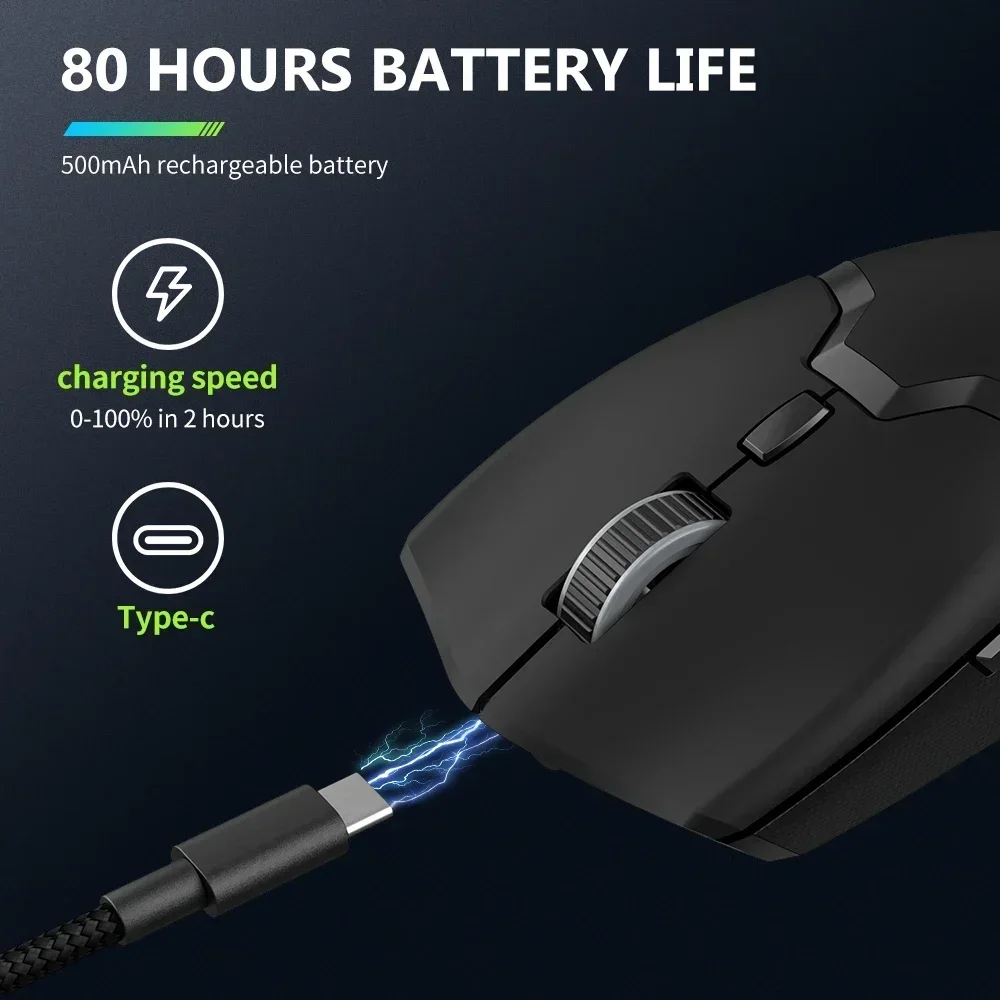

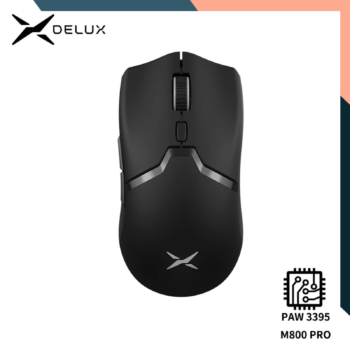
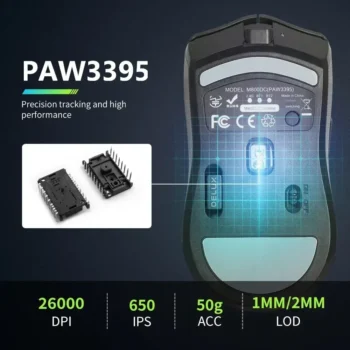







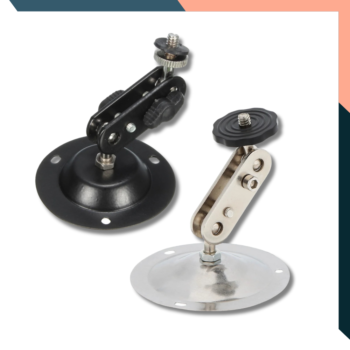
Real customer reviews